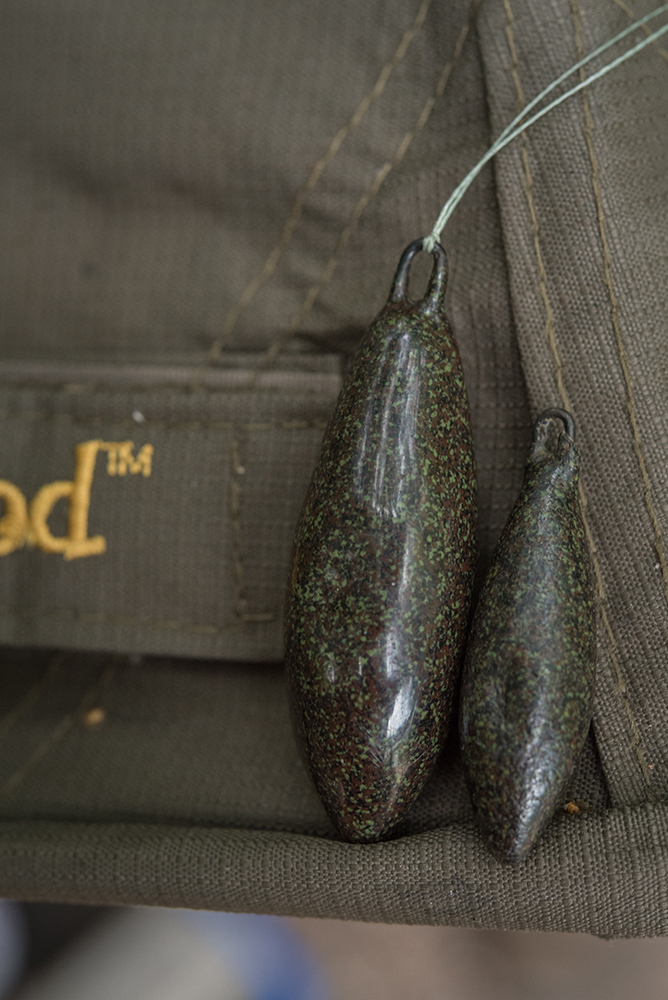
Tip 1: I use a distance zip shaped lead. A lot of people use a dumpy lead with big shoulders and a large surface area on the bottom, but I use a zip because if I do cast and it lands in weed, a short, sharp strike of the blank easily whips the lead up and out of the weed giving me a series of ‘drops’ to build up a picture of the swim. This not only saves time, but crucially, it stops me having to cast four times to get four drops in close vicinity. It’s purely to allow the weed to slip off the lead with ease and it prevents me having to pump a huge ball of weed in, clearing it and re-casting all the time. In an angling situation the last thing you want to do is to keep pulling at the weed and spook everything around you.
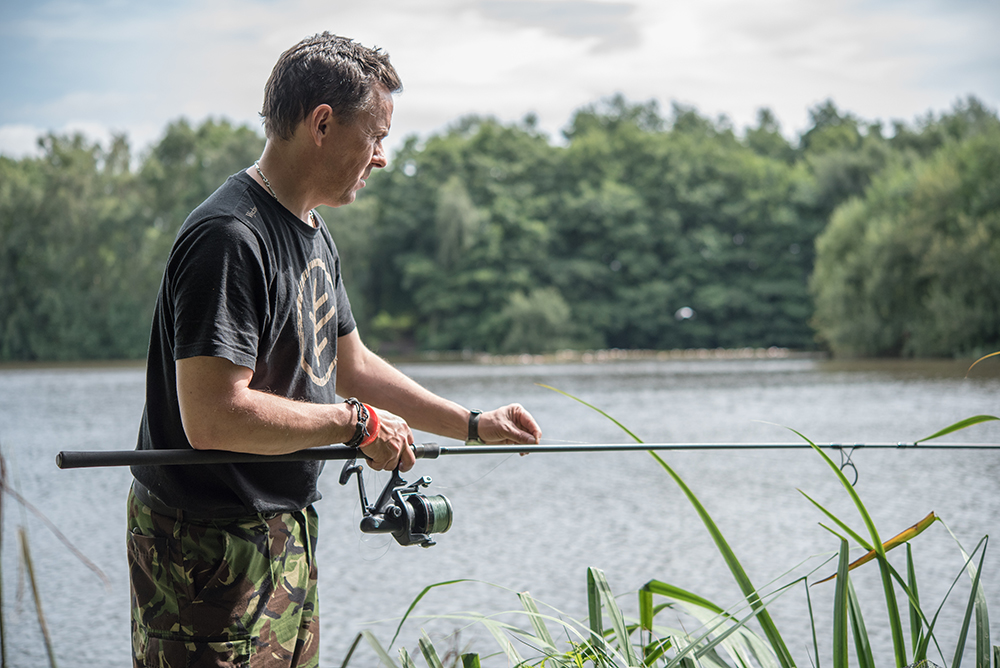
Tip 2: Pull your float down to the lead to measure each foot of depth. Release the float on a tight line up to the surface counting each loop as it peels off the spool to get a rough estimate of the depth. Now, by starting with your float just touching the surface, you can mend the positioning to ensure there are no bows in the line making it much more accurate, just simply pull a foot of line back toward the reel and trap it with your other hand, and do so until you feel the resistance of the lead, it’s as easy as that, but deadly accurate.
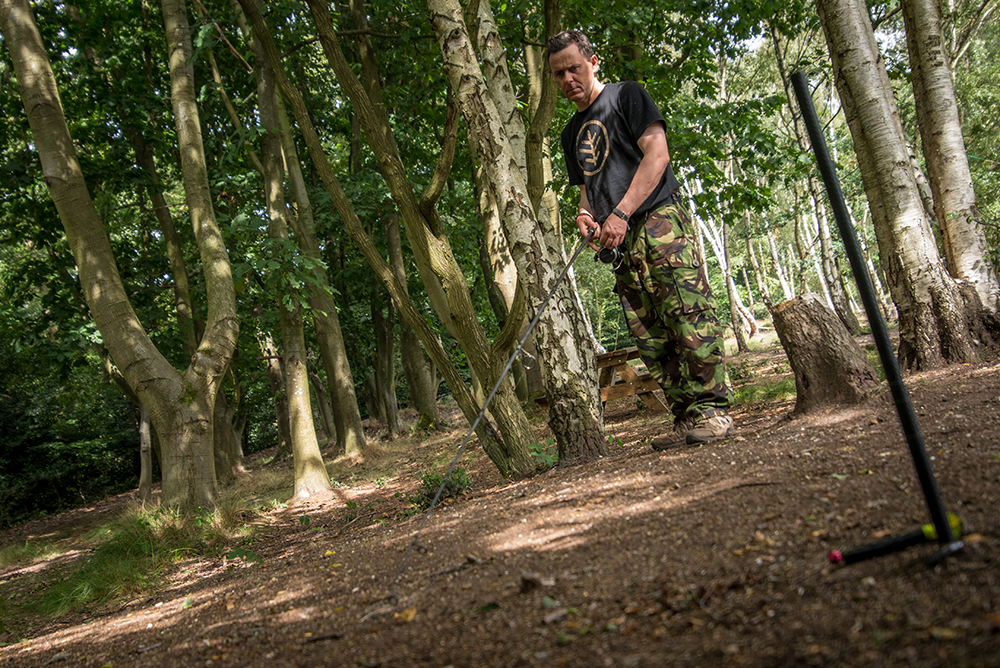
Tip 3: Measuring your distance is imperative. Whether you walk your rod out between two bankside markers or you wrap your line around two bank sticks a rod length apart, make sure you make a mental or physical note so you can get back on the spot every time. There’s no point doing the marker work if you’re going to forget the distances.
If your mark lands between the two sticks, you can either amrk the ground, or swing the rod round parallel with the wraps and mark where the post lines up on your rod.
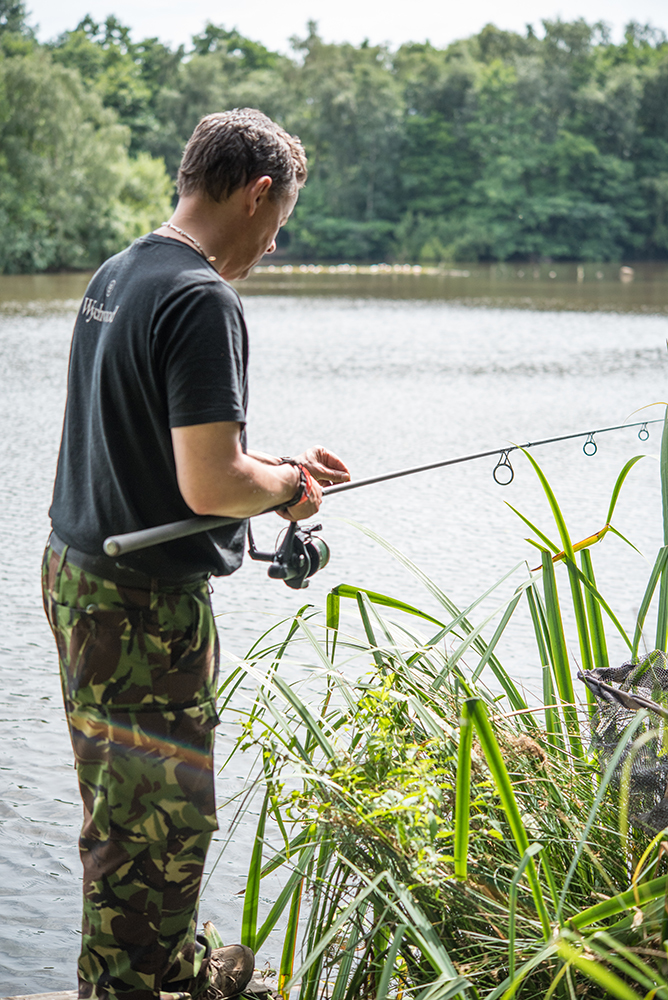
Tip 4: When you’re searching out a spot is to use the swim where you’re stood. If you pull into a cleaner area with your rod or onto gravel, simply walk backwards to work out how wide it is and almost build the swim you’re searching on the bank in front of you. Seeing it marked into the bank makes it much clearer and I always like to find the extremities of the spot. Chances are most anglers will look for the spot and be happy to fish in the middle of it, but over the years I’ve had much more success fishing the edges of a spot up close to the thicker vegetation or slightly off the very firm area of a spot.
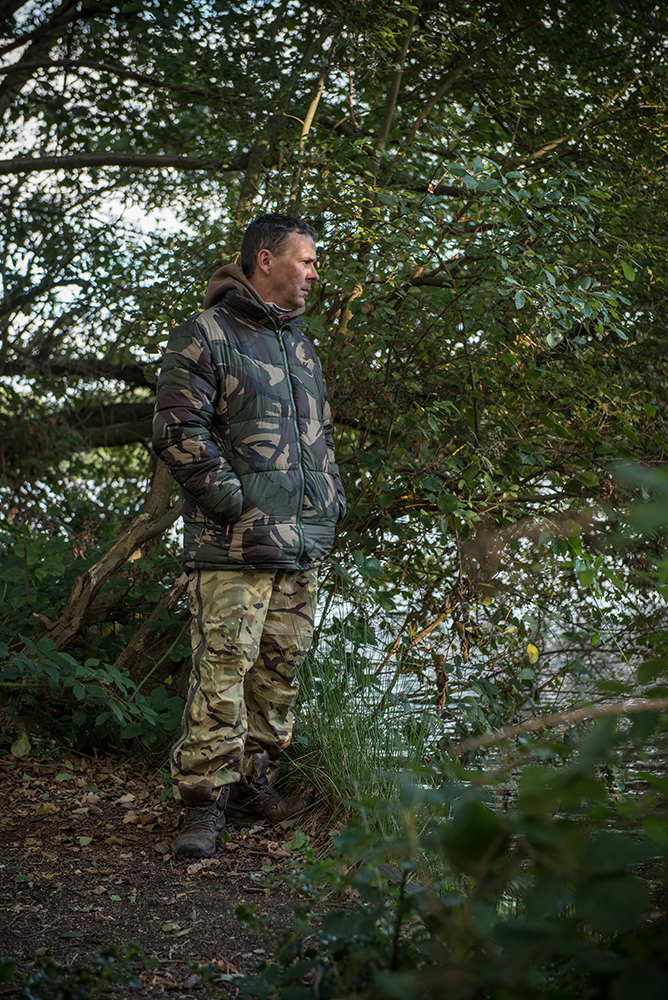
Tip 5: If there are clear signs of fish in the swim, then leave the leading rod alone and opt for the quick bite. Opportunist fishing like this accounts for lots of carp so always give the swim a couple of hours fishing before leading if you’ve seen carp and can get a rig to them quickly and stealthily. If nothing comes of it, when things do die down then by all means have a lead around in the area and try to find what they’ve been holding near. You'll be surprised how often the quiet, stealhty approach of casting singles out at the start of your session can pay off...
Hit like if you found this tip useful, and comment below if you have any thoughts or anything to add.
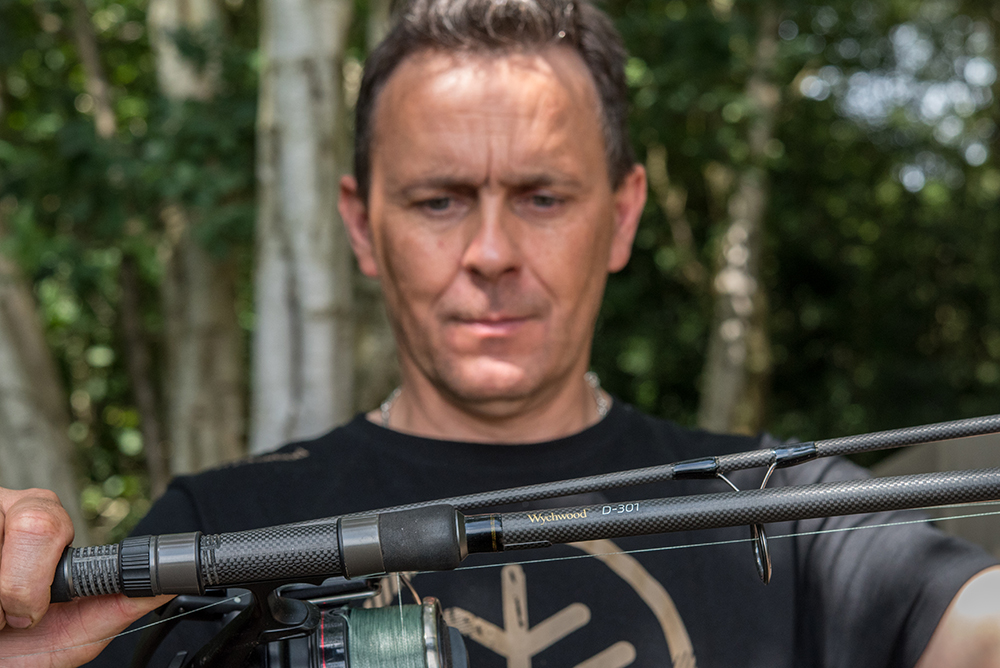
Tip 6: I don’t actually have a dedicated marker rod, but I have a fourth rod set up that I use for all of my feature finding. This means the blanks react the same between my fishing set-up and my marker set-up and the casts will feel the same, making it much easier to see and feel that my rig is landing where I want it to. The only difference I do make is to load the leading rod up with braid to give me a greater feel for the lake bed as braid transmits vibration much more clearly than nylon. You’re drops are exactly the same but the braid exaggerates the feel.
Hit like if you found this tip useful, and comment below if you have any thoughts or anything to add.
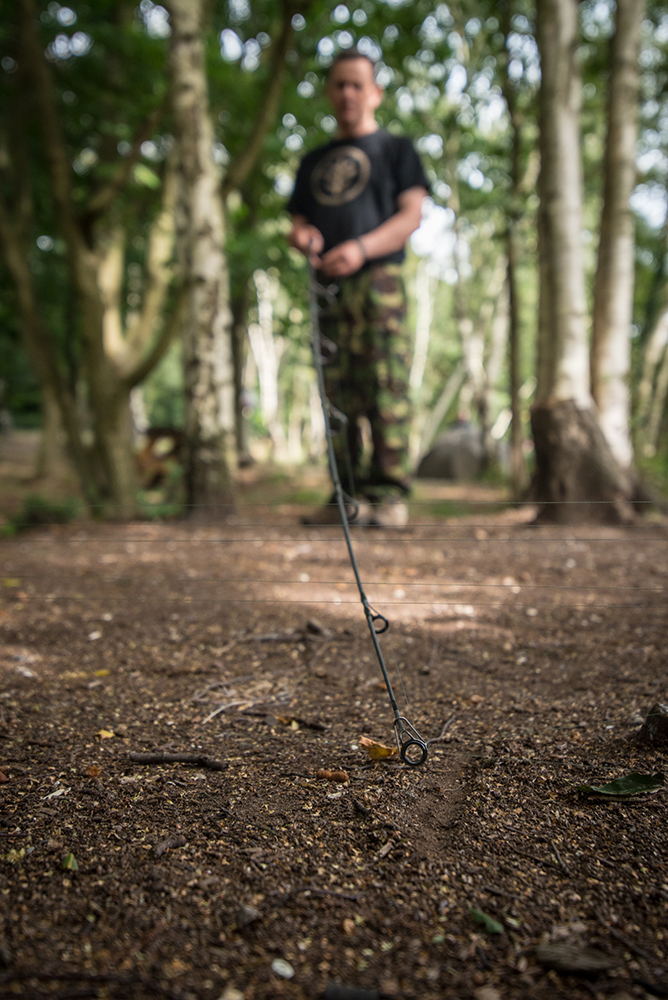
Tip 7: Accuracy is paramount when spot fishing, sometimes the slightly softer extremities of a 'blown' spot can still produce bites, sometimes you need to find that tiny hole in the weed and then get a rod in there and other times you simply want a small feeding platter with your rig in the middle of it.
It's vitally important to consider the difference in not only the stretch in your line compared to the braid you've used to find the spot if you have, but also to consider how you've hit the clip and where the rods positioned each time when you do so. Before any of these factors though, you need to ensure your wraps are accurate. ALWAYS ensure your tip is only just under tension when you hit the final mark to clip the reel on your wraps, stretching the line and bending the tip can be enough to change the distance and stop you fishing where you want to.
Hit like if you found this tip useful, and comment below if you have any thoughts or anything to add.
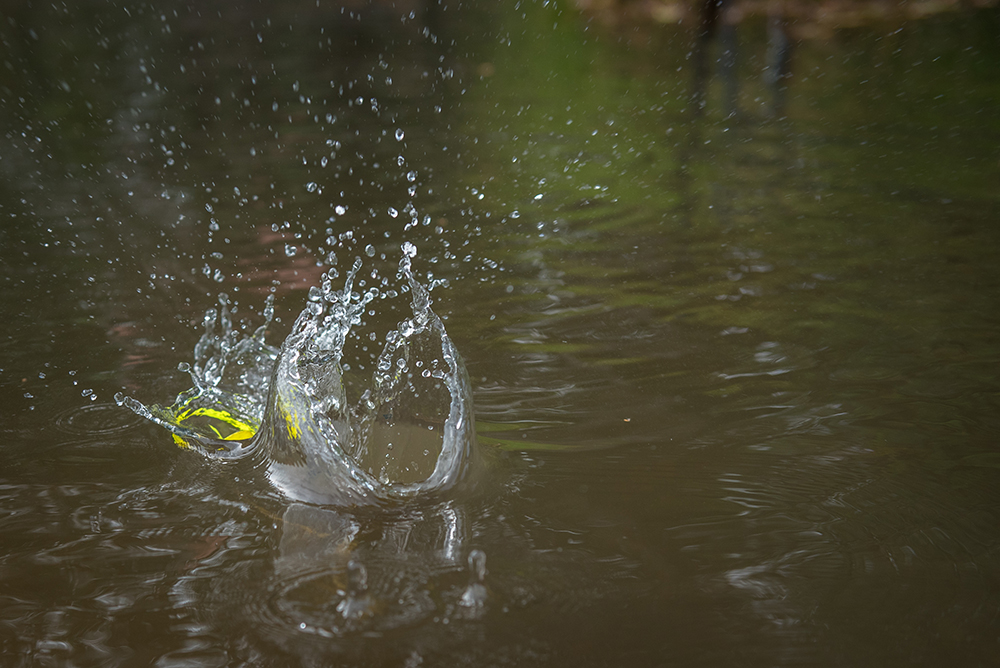
Tip 8: Sometimes the use of a marker float is unnecessary, just look at the splash and disturbance it causes. Starting out with a bare lead can be enough to find the holes in the weed or the softer/firmer area you're looking for when depth isn't key to what you're looking for.
Hit like if you found this tip useful, and comment below if you have any thoughts or anything to add.
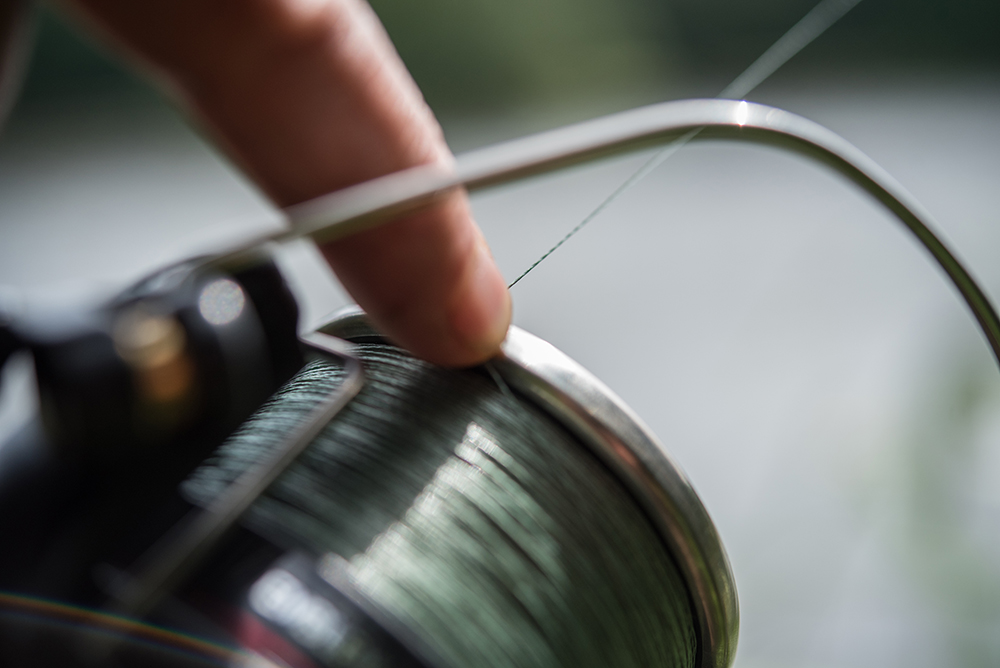
Tip 9: We mentioned in an earlier tip about pulling your braid into the reel to measure the distance from the float on the surface til it hits the lead being more accurate, but you can also count the loops off the reel as you let the float up beforehand to get a rough idead before the accurate number of pulling the float back down...
Hit like if you found this tip useful, and comment below if you have any thoughts or anything to add.

